Classification of Bricks as per common practice and as per constituent materials
Classification
of Bricks as per common practice:
Bricks, which are used in construction works, are burnt
bricks. They are classified into four categories on the basis of its
manufacturing and preparation, as given below.
1. First
class bricks
2. Second
class bricks
3. Third
class bricks
4. Fourth class bricks
First Class Bricks:
These bricks are table moulded and of standard shape and they are burnt in kilns. The surface and edges of the bricks are sharp, square, smooth and straight. They comply with all the qualities of good bricks. These bricks are used for superior work of permanent nature.
Second Class Bricks:
These bricks are ground moulded and they are burnt in
kilns. The surface of these bricks is somewhat rough and shape is also slightly
irregular. These bricks may have hair cracks and their edges may not be sharp
and uniform. These bricks are commonly used at places where brick work is to be
provided with a coat of plaster.
Third Class Bricks:
These bricks are ground moulded and they are burnt in
clamps. These bricks are not hard and they have rough surfaces with irregular
and distorted edges. These bricks give dull sound when struck together. They
are used for unimportant and temporary structures and at places where rainfall
is not heavy.
Fourth Class Bricks:
These are over burnt bricks with irregular shape and dark
colour. These bricks are used as aggregate for concrete in foundations, floors,
roads etc, because of the fact that the over burnt bricks have a compact
structure and hence they are sometimes found to be stronger than even the first
class bricks.
Classification of Bricks as per constituent materials
There
are various types of bricks used in masonry.
• Common Burnt Clay Bricks
• Sand Lime Bricks (Calcium Silicate Bricks)
• Engineering Bricks
• Concrete Bricks
• Fly ash Clay Bricks
Common
Burnt Clay Bricks
Common burnt clay bricks are formed by pressing in moulds. Then these bricks are dried and fired in a kiln. Common burnt clay bricks are used in general work with no special attractive appearances. When these bricks are used in walls, they require plastering or rendering.
Sand
Lime Bricks
Sand
lime bricks are made by mixing sand, fly ash and lime followed by a chemical
process during wet mixing. The mix is then moulded under pressure forming the
brick. These bricks can offer advantages over clay bricks such as: their colour
appearance is grey instead of the regular reddish colour.Their shape is uniform
and presents a smoother finish that doesn’t require plastering.These bricks
offer excellent strength as a load-bearing member.
Engineering
Bricks
Engineering
bricks are bricks manufactured at extremely high temperatures, forming a dense
and strong brick, allowing the brick to limit strength and water
absorption.Engineering bricks offer excellent load bearing capacity damp-proof
characteristics and chemical
resisting properties.
Concrete
Bricks
Concrete
bricks are made from solid concrete. Concrete bricks are usually placed in
facades, fences, and provide an excellent aesthetic presence. These bricks can
be manufactured to provide different colours as pigmented during its
production.
Fly
Ash Clay Bricks
Fly ash clay bricks are manufactured with clay and fly ash, at about 1,000 degrees C. Some studies have shown that these bricks tend to fail poor produce pop-outs, when bricks come into contact with moisture and water, causing the bricks to expand.
All Types of Lab Tests on Bricks for Building Construction Works
Hand moulding,ground moulding and machine moulding of bricks


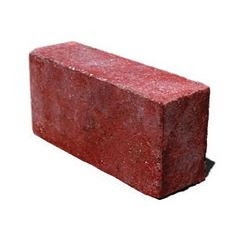
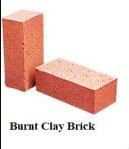
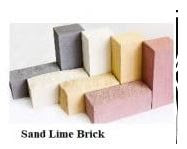
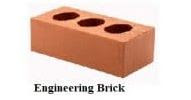
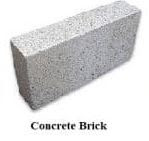
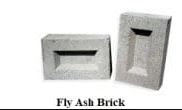




No comments:
Post a Comment
If you are getting more information from civilengineerfriend page please give your comments. Share the page information in your whatsapp group. Subscribe our page to get more information.